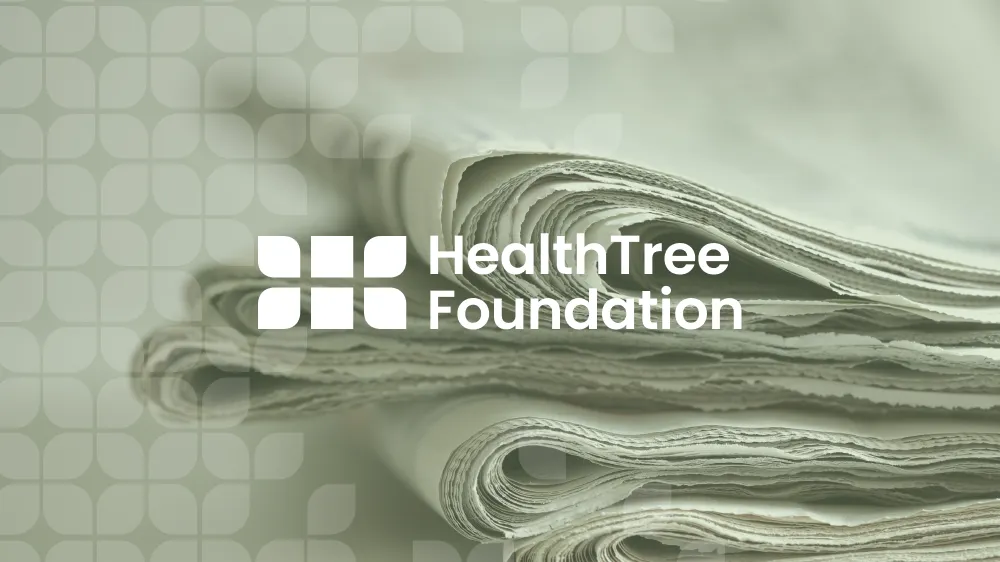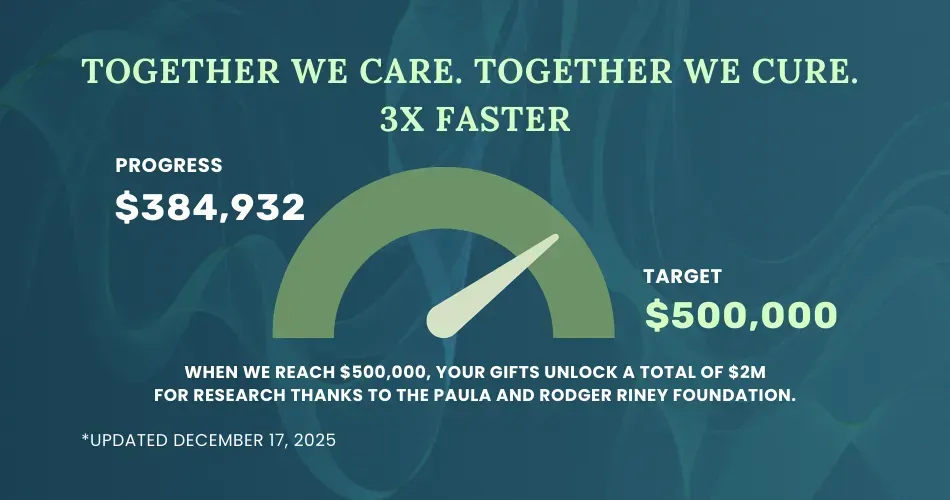Understanding Follicular Lymphoma (Part 3) with Dr. Sarah Rutherford

If you've recently been diagnosed with follicular lymphoma, you're likely grappling with a flurry of emotions and questions about what comes next. Understanding the management of this condition is crucial for making informed decisions about your health.
On April 3rd, 2024, Dr. Sarah Rutherford from Weill Cornell, along with two other lymphoma specialists, joined HealthTree in a virtual roundtable to discuss the basics of follicular lymphoma. You can watch Dr. Rutherford’s recording or read the summary.
Dr. Rutherford discussed various lines of treatment, the watch-and-wait method, maintenance therapy, and clinical trials. Below are some key points from her presentation:
- Understanding the extent of the disease is essential. Typically, this is done through a PET-CT scan, which provides detailed information about the location and size of affected lymph nodes. Occasionally, if there's suspicion of involvement in specific areas, like the fluid around the lungs, further tests may be necessary. However, bone marrow biopsies are rarely needed unless the lymphoma is restricted to one area, such as a single lymph node.
- Determining whether treatment is necessary is a critical step. Treatment isn't always required immediately. Many patients can be closely monitored without therapeutic intervention if they don't exhibit symptoms or significant indications for treatment. Factors such as the size of lymph nodes and unintentional weight loss may influence the decision to initiate treatment.
- Several criteria have been developed to help healthcare providers determine when treatment is needed. These criteria consider factors like the size and number of affected lymph nodes, symptoms like fatigue, and unintentional weight loss. However, each patient is unique, and treatment decisions should be individualized based on their circumstances.
- If treatment is necessary, various options are available, ranging from traditional chemotherapy regimens to newer immunotherapy approaches. Single-agent immunotherapy, such as rituximab, is often used as a first-line treatment due to its effectiveness and minimal side effects. Other options, like bendamustine-based regimens or combination therapies, may be considered depending on the patient's response and needs.
- In recent years, groundbreaking advancements in immunotherapy have transformed the landscape of follicular lymphoma treatment. Innovative therapies like CAR T-cell therapy and bispecific antibody therapy offer promising outcomes for patients whose disease progresses or no longer responds to previous treatments. These therapies harness the power of the immune system to target and destroy cancer cells, providing new hope for those facing treatment challenges.
- Clinical trials also play a crucial role in advancing the field of follicular lymphoma treatment. By participating in clinical research, patients may gain access to cutting-edge therapies before they're widely available. This expands treatment options and contributes to the development of more effective and personalized approaches to managing the disease.
To stay up-to-date and join our next webinar, sign up for our follicular lymphoma newsletter.
If you've recently been diagnosed with follicular lymphoma, you're likely grappling with a flurry of emotions and questions about what comes next. Understanding the management of this condition is crucial for making informed decisions about your health.
On April 3rd, 2024, Dr. Sarah Rutherford from Weill Cornell, along with two other lymphoma specialists, joined HealthTree in a virtual roundtable to discuss the basics of follicular lymphoma. You can watch Dr. Rutherford’s recording or read the summary.
Dr. Rutherford discussed various lines of treatment, the watch-and-wait method, maintenance therapy, and clinical trials. Below are some key points from her presentation:
- Understanding the extent of the disease is essential. Typically, this is done through a PET-CT scan, which provides detailed information about the location and size of affected lymph nodes. Occasionally, if there's suspicion of involvement in specific areas, like the fluid around the lungs, further tests may be necessary. However, bone marrow biopsies are rarely needed unless the lymphoma is restricted to one area, such as a single lymph node.
- Determining whether treatment is necessary is a critical step. Treatment isn't always required immediately. Many patients can be closely monitored without therapeutic intervention if they don't exhibit symptoms or significant indications for treatment. Factors such as the size of lymph nodes and unintentional weight loss may influence the decision to initiate treatment.
- Several criteria have been developed to help healthcare providers determine when treatment is needed. These criteria consider factors like the size and number of affected lymph nodes, symptoms like fatigue, and unintentional weight loss. However, each patient is unique, and treatment decisions should be individualized based on their circumstances.
- If treatment is necessary, various options are available, ranging from traditional chemotherapy regimens to newer immunotherapy approaches. Single-agent immunotherapy, such as rituximab, is often used as a first-line treatment due to its effectiveness and minimal side effects. Other options, like bendamustine-based regimens or combination therapies, may be considered depending on the patient's response and needs.
- In recent years, groundbreaking advancements in immunotherapy have transformed the landscape of follicular lymphoma treatment. Innovative therapies like CAR T-cell therapy and bispecific antibody therapy offer promising outcomes for patients whose disease progresses or no longer responds to previous treatments. These therapies harness the power of the immune system to target and destroy cancer cells, providing new hope for those facing treatment challenges.
- Clinical trials also play a crucial role in advancing the field of follicular lymphoma treatment. By participating in clinical research, patients may gain access to cutting-edge therapies before they're widely available. This expands treatment options and contributes to the development of more effective and personalized approaches to managing the disease.
To stay up-to-date and join our next webinar, sign up for our follicular lymphoma newsletter.

about the author
Kat Richardson
Kat is from Lehi, Utah and is the education manager for lymphoma. She has worked in healthcare for a decade now, and earned her degree in community health education and promotion. Kat is passionate about disease prevention as well as improving quality of life and health equity. She enjoys reading, hiking, baking, ice skating, gardening, time with her family and friends, and most of all, spoiling her nieces and nephew.
More on HealthTree Programs
Trending Articles
Get the Latest B-Cell Lymphoma Updates, Delivered to You.
By subscribing to the HealthTree newsletter, you'll receive the latest research, treatment updates, and expert insights to help you navigate your health.
Together we care.
Together we cure.
3x Faster.










